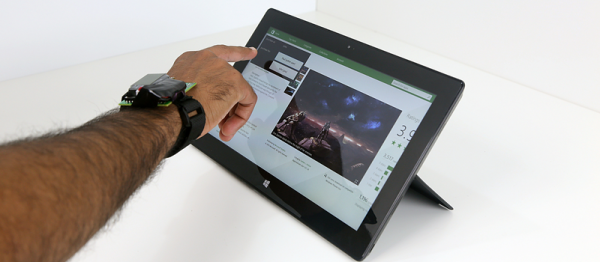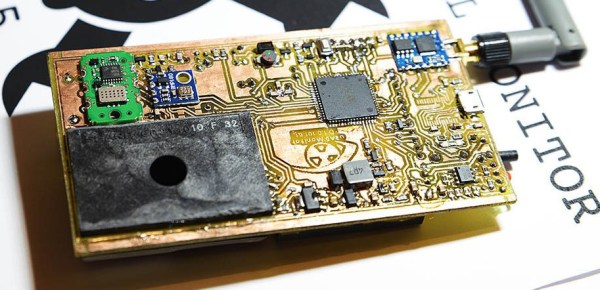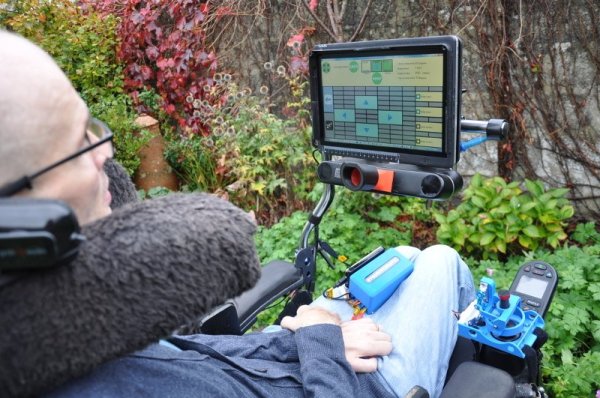“What’s the weather like, honey?” “I don’t know. Let me check the mirror.” The mirror?
Both [Dylan Pierce] and [squix] have mirror projects that display the weather. They took two different approaches which makes for an interesting comparison. [Dylan] uses a Raspberry Pi with an actual monitor behind the mirror. [squix] puts an OLED behind the mirror driven by a ESP8266. It appears there is more than one way to hack a mirror, or anything, which is what makes hacking fun.
[squix] started with a picture frame, adding tinting film to the glass so it would reflect. A small section of tint was removed to allow the OLED to be seen. The ESP8266 software connects to the Weather Underground to get the latest information.
The Raspberry Pi version by [Dylan] puts a 27″ monitor behind the mirror. That is either terribly impressive or way over the top but seeing Linux boot behind the mirror makes it worth the effort. The Pi generates a web page which makes this adaptable as a general purpose kiosk.
A video of [squix]’s mirror in operation, after the break.
Continue reading “Magic Mirror On The Wall, “Is Pi Or ESP, Fairest Of All?””




















